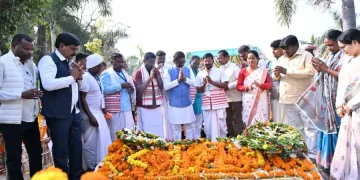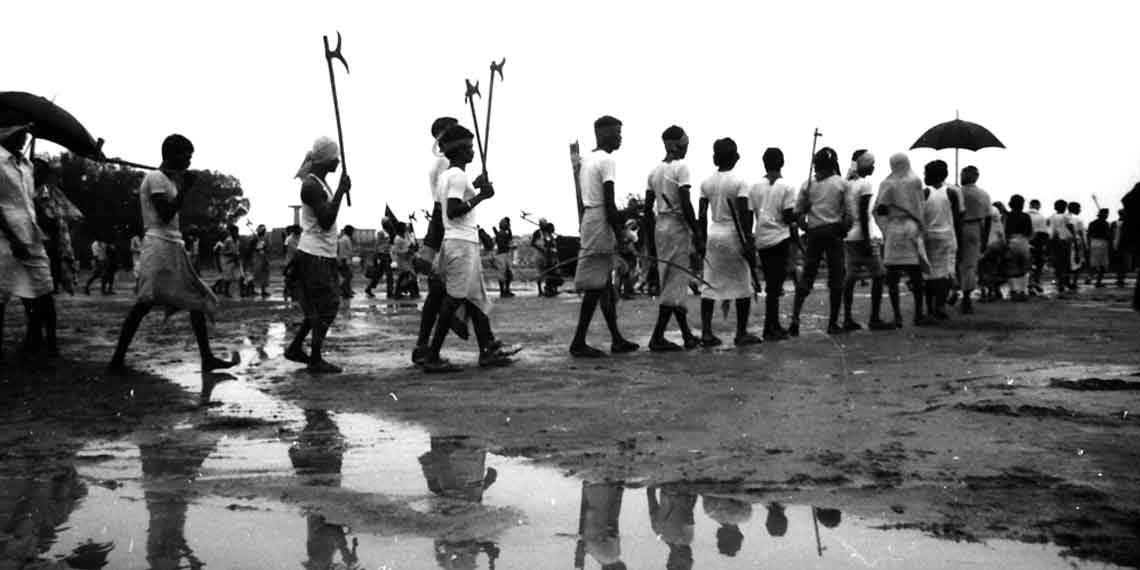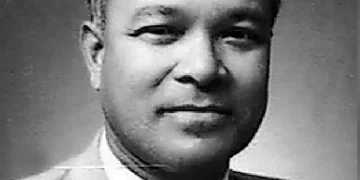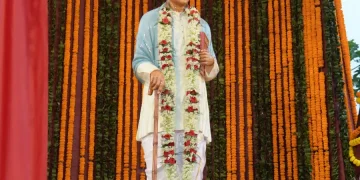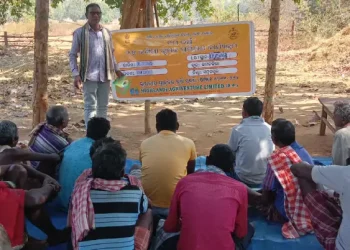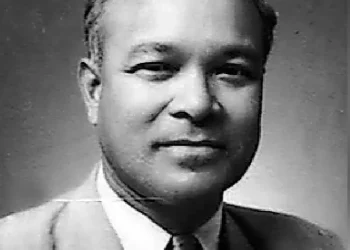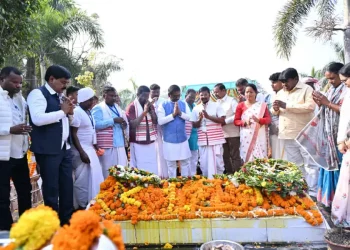Though Jharkhand was a part of Bihar until 2000, many had seen a need for separate statehood even before Independence.
The demand to separate the Chhotanagpur-Santhal Pargana belt was first made by Christian missionaries through a memorandum to the Simon Commission in 1928, which was turned down. “The church always supported a separate Jharkhand for better integrated growth of this area. We also approached the Simon Commission on this issue,” says Bishop Theodore Mascarenhas of Ranchi Archdiocese.
In 1936, the Adivasi Mahasabha became the first political outfit to call for a separate state, comprising tribal-dominated areas of Bihar, West Bengal, Odisha and Madhya Pradesh.
When the first Congress ministry was formed in the elections of 1937, the missionaries made a new appearance through the Adivasi Mahasabha, which then got closer to Muslim League.
On May 15, 1943, Jawaharlal Nehru, during a visit to Jharkhand’s current capital, Ranchi, accused the Adivasi Mahasabha of supporting the British. He also said he did not like being dictated to by the Mahasabha.
In 1946, the Adivasi Mahasabha, with the help of the Muslim League, floated the idea of a sovereign Adibistan. After being defeated by nationalist forces in that year’s elections, the Mahasabha joined hands with the Bengal Muslim League, led by Hasen Subarwardy, and jointly addressed public meetings.
After Independence, although the Congress had decided to demarcate states on linguistic and cultural basis, Nehru discountenanced a separate Jharkhand state, arguing that it may threaten the country’s unity and integrity.
Interim president of the Constituent Assembly Sachidanand Sinha too maintained that this region had been under Bihar since the days of Mughal emperor Akbar, and under the direct rule of the Mauryan empire.
Post-Independence Struggle

Meanwhile, the Adivasi Mahasabha was rechristened the All India Jharkhand Party (AIJP), whose focus was to fight for the rights of tribals. When the Constitution was being adopted, AIJP urged Constituent Assembly president Rajendra Prasad to separate the southern part of Bihar to create Jharkhand.
The same demand was made before the States Reorganisation Commission in 1956. On both fronts, the demand was found untenable.
The statehood movement ran into rough weather after Jaipal Singh Munda-led AIJP merged with the Congress in 1963. While Munda became a Congress member in the Lok Sabha, his wife Jehanara represented Bihar in the Rajya Sabha.
“Jaipal Singh often used to say, I will achieve Jharkhand by beating the Congress drum. But Nehru died in 1964 and his successors refused to listen anymore. With this, Jaipal Singh’s political career too ended,” says Santosh Kido, author of ‘The Life and Times of Jaipal Singh Munda.’
In 1952, a fresh effort was made by middle-class tribal mercenaries for a sovereign Kolhan. They even went to London to push the case with the Queen.
Dire Circumstances, Extreme Measures

In 1981, a clerk at the Chaibasa collectorate, KC Hembrom, proclaimed an independent sovereign Kolhan state. He was soon joined by a handful of flamboyant political adventurers. They toured Geneva and London with a memorandum to include Kolhan in the list of independent nations.
On their return, they were put behind bars. However, the treason charges against them were dropped after thorough inquiries. “They were ignorant people. They only wanted Kolhan’s betterment,” says Jharkhand former home secretary and senior BJP leader JB Tubid.
There was a reason for the angst and anger. There was exploitation of the tribals, especially by moneylenders and contractors. Unemployment and poverty compelled them to flee their homes in search of livelihood. They had no voice – and few who would want to hear them.
It was at this turn, in 1972, that AK Roy and Binod Behari Mahto formed the Jharkhand Mukti Morcha (JMM). The party’s primary aim was to fight moneylenders and mafia dons, especially those operating in the coal belt.
During their travels, they spotted a firebrand – a youth whose father had been killed by moneylenders. It was decided that young Shibu Soren would lead their campaigns.
Taking a Political Stance
In the mid-1980s, JMM began working on floating a students’ outfit, inspired by the students’ movement in Assam. After deliberations, it was agreed that the proposed outfit will function as an independent organisation, instead of being a JMM wing. This, in turn, will pave the way for unification of like-minded forces belonging to different political affiliations.

Campaigns by the JMM, AJSU and several such outfits, especially their economic blockade calls, gradually became a cause for concern in Patna and in Delhi, and finally the new state was formed
On June 22, 1986, the All Jharkhand Students Union (AJSU) was formed, headed by Suraj Singh Besra, who went on to become a member of the Bihar Assembly.
“We had repeatedly toured Assam to find out how the students had built a strong mass movement,” recalls Besra. “The Jharkhand statehood movement gained real momentum after the AJSU came to the forefront. I became an MLA in 1990. On August 12, 1991, the Lalu Prasad government moved a Bill in the Bihar Assembly renaming Chhotanagpur-Santhal Pargana Development Authority as Jharkhand Area Development Council.”
“I was the lone MLA to oppose it,” Besra says. “I demanded a Jharkhand statehood Bill. All 19 JMM MLAs too remained tightlipped. Getting no support, I gave my resignation letter to Speaker Ghulam Sarvar. It was immediately accepted.”
The campaigns by the JMM, AJSU and several such outfits, especially their economic blockade calls, gradually became a cause for concern for persons sitting at the helm of affairs in Patna and in Delhi. Sensing public mood, the BJP too launched the Vananchal statehood movement. The JMM went on to make its presence felt in the Parliament as well as the Bihar Assembly. Its MPs played crucial roles in bailing out the PV Narasimha Rao government in 1993, in a move that courted controversy.

Amid nationwide political turbulence thereafter, the Jharkhand Area Autonomous Council was formed on July 30, 1995, with JMM chief Shibu Soren at its helm. This was seen as a major step towards formation of a separate Jharkhand state.
On July 17, 1997, under changed political circumstances and with Lalu Prasad and his ruling RJD on the backfoot, the Bihar Assembly passed the resolution to form a separate Jharkhand state. After much discussion, a new state was born on November 15, 2000.
Two decades on, Jharkhand has become a young state with a mind of its own.
Photo Credit : Kislaya, Jagran


